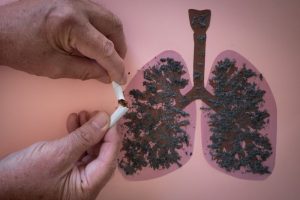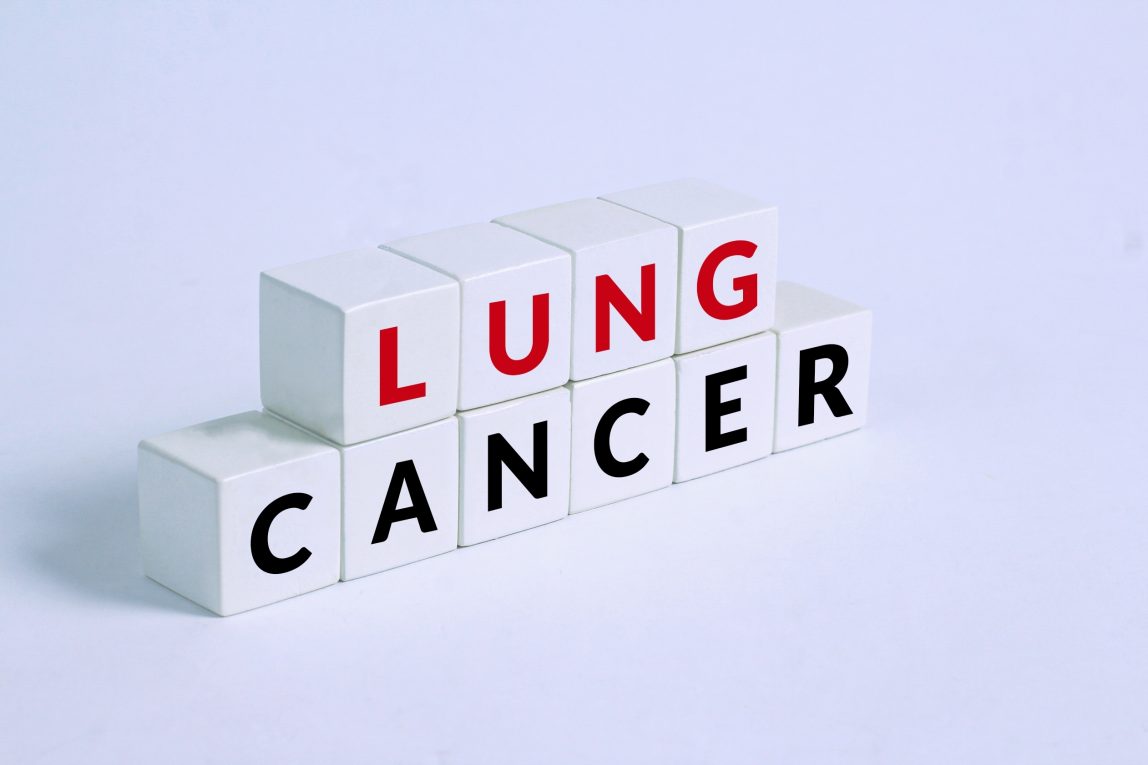Lung cancer remains one of the most prevalent and deadly cancers worldwide. Understanding the risk factors associated with lung cancer is crucial for prevention and early intervention. This blog delves deep into the various risk factors that increase the likelihood of developing lung cancer, helping you make informed lifestyle choices.
The Lung Cancer risk factors are as follows:
1. Smoking: The Leading Cause
The single most significant risk factor for lung cancer is smoking. Tobacco smoke contains over 7,000 chemicals, many of which are carcinogenic. Cigarette smoking accounts for approximately 85% of lung cancer cases. The risk increases with the duration of smoking and the number of cigarettes smoked per day.
- Cigarettes: Both active smokers and those exposed to secondhand smoke are at risk. Studies show that even light or occasional smokers are not immune to the dangers of lung cancer.
- Cigars and Pipes: Smoking cigars and pipes also raises the risk, as the harmful effects are similar to cigarette smoking.
- Secondhand Smoke: Inhaling smoke from others (secondhand smoke) is a significant risk factor. Children and non-smoking adults who live with smokers are at higher risk of developing lung cancer.

2. Exposure to Radon Gas
Radon is a colourless, odourless radioactive gas produced by the breakdown of uranium in the soil. It can seep into homes and buildings through cracks and become trapped indoors. Radon exposure is the second leading cause of lung cancer and is a major concern, especially in areas with high natural uranium levels.
- Testing and Mitigation: Testing your home for radon and taking measures to reduce radon levels can significantly decrease your risk of lung cancer.
3. Occupational Exposures
Certain occupations expose individuals to hazardous substances that elevate the risk of lung cancer. Examples include:
- Asbestos: People who work with asbestos, such as in construction or shipbuilding, are at a higher risk. The combination of smoking and asbestos exposure greatly amplifies this risk.
- Other Carcinogens: Exposure to diesel exhaust, arsenic, chromium, nickel, and silica can also increase lung cancer risk. Protective measures and safety protocols are vital in minimizing occupational hazards.
4. Air Pollution
Outdoor air pollution, particularly in urban and industrial areas, contributes to lung cancer risk. The fine particulate matter from vehicle emissions, power plants, and industrial activities can lodge in the lungs and cause damage over time. Indoor air pollution, such as smoke from cooking or heating fuels, is also a concern, especially in low- and middle-income countries.
- Preventive Measures: Using air purifiers, reducing time spent in heavily polluted areas, and advocating for clean air initiatives can help mitigate this risk.

5. Family History and Genetics
Genetics can play a role in lung cancer risk, even among non-smokers. If you have a family history of lung cancer, particularly in a first-degree relative, your risk may be higher. Specific genetic mutations can make some individuals more susceptible to the effects of tobacco smoke or environmental carcinogens.
- Genetic Testing: People with a strong family history of lung cancer might consider genetic counselling to assess their risk and explore preventive options.

6. Previous Radiation Therapy
People who have undergone radiation therapy to the chest area for previous cancers, such as Hodgkin’s lymphoma or breast cancer, have an increased risk of developing lung cancer later in life. The risk is higher if radiation therapy is combined with other risk factors like smoking.
- Monitoring and Screening: Regular follow-up and lung cancer screenings are crucial for people with a history of chest radiation.
7. Chronic Lung Diseases
Chronic lung conditions, such as chronic obstructive pulmonary disease (COPD) and pulmonary fibrosis, are linked to a higher risk of lung cancer. Inflammatory and scar tissue changes in the lungs may contribute to the development of cancerous cells.
- Managing Chronic Conditions: Proper management of these diseases, including medication adherence and regular check-ups, can help reduce lung cancer risk.
8. Personal History of Lung Cancer
Individuals who have had lung cancer before are at an increased risk of developing a new lung cancer, especially if they continue smoking. Continuous monitoring and lifestyle changes are essential in these cases.
9. Diet and Lifestyle Factors
A poor diet lacking in fruits and vegetables may increase lung cancer risk. On the other hand, a diet rich in antioxidants and nutrients can help protect lung health. Although no specific diet can prevent lung cancer, healthy choices are essential.
Lung Cancer Statistics:
In 2022, it was projected that India would have 1,461,427 new cancer cases. Approximately one in nine people in India is expected to receive a cancer diagnosis during their lifetime. Lung cancer was the most common type among males, while breast cancer ranked highest among females.
Reference: https://ncdirindia.org/display/wcd.aspx
What are the tips for preventing Lung Cancer and reducing risk?
- Alcohol Consumption: Excessive alcohol use, combined with smoking, further elevates lung cancer risk.
- Quit Smoking: If you smoke, quitting is the most effective way to reduce your risk of lung cancer. Seek support through counselling, nicotine replacement therapy, or prescription medications.
- Avoid Secondhand Smoke: Minimize exposure to smoke from others by creating a smoke-free environment at home and work.
- Test for Radon: Ensure your living and working spaces are radon-safe.
- Protect Yourself at Work: Follow safety guidelines if you work with hazardous substances and use protective equipment.
- Improve Indoor Air Quality: Use ventilation and air filtration systems to reduce indoor air pollution.
- Regular Health Screenings: If you are at high risk, speak with your doctor about lung cancer screening options.
Conclusion:
Understanding the risk factors associated with lung cancer empowers you to make informed choices and reduce your risk. While some factors, like genetics, cannot be changed, others, such as smoking and occupational exposures, can be managed. By adopting a healthy lifestyle, minimizing exposure to harmful substances, and staying proactive about your lung health, you can lower your chances of developing lung cancer. Remember, it’s never too late to make positive changes for a healthier future.

